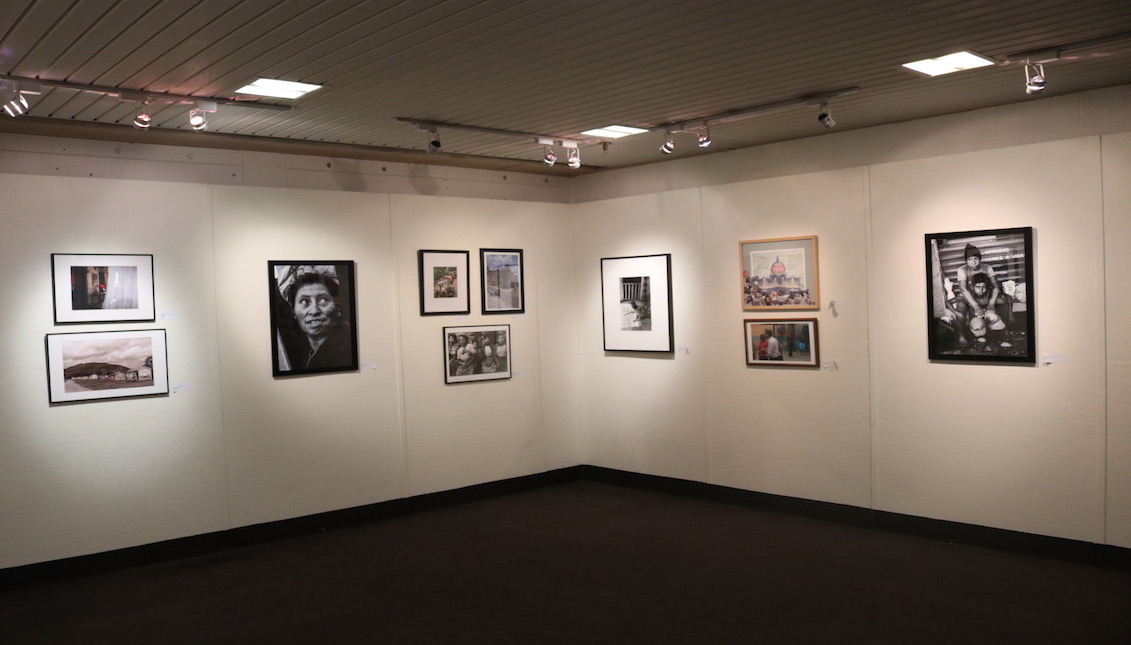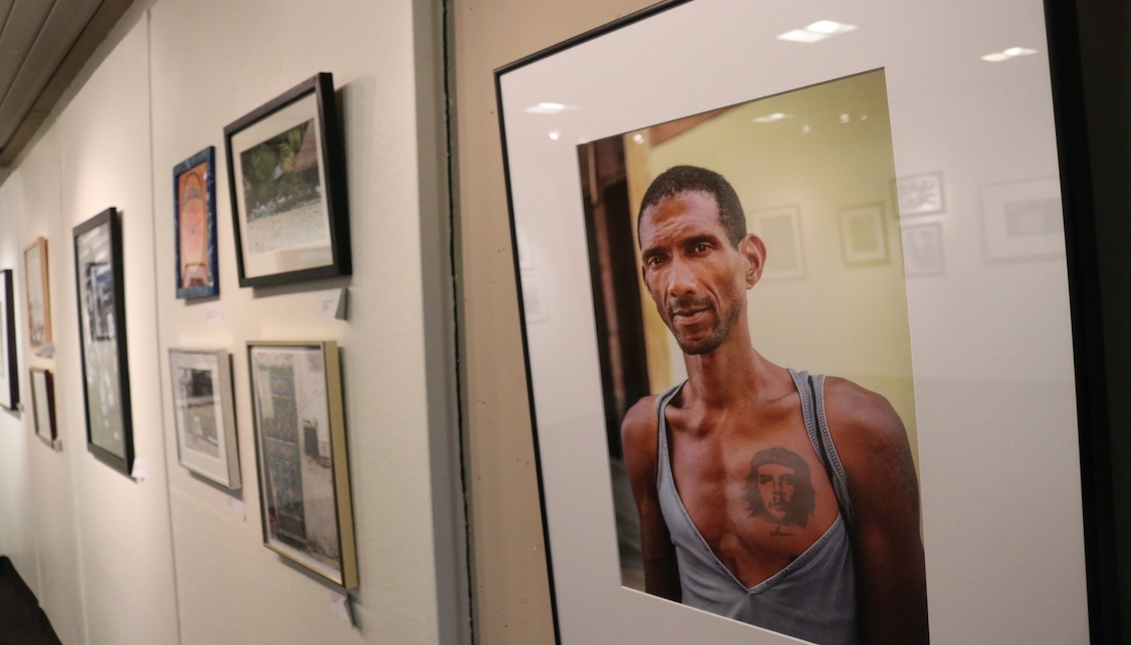
"Lens on Latin America" explores the genius and turmoil of Latin America in the 1960s and 70s
A new photography exhibit sponsored by the Da Vinci Art Alliance spotlights themes from Latin America's most trying and revolutionary time.
On Jan. 7, the Da Vinci Art Alliance and Lightbox premiered a new photography exhibition at the International House of Philadelphia. Titled “Lens on Latin America,” it explores themes from the 1960s and 70s in Latin America - a defining era in the continent’s modern history.
“There was change everywhere,” said David Acosta, the exhibition’s curator.
Despite leaving his native Colombia in the late 1960s for the United States, Acosta always kept up with Latin America’s art and film scene, making him the perfect person to curate the new photography exhibition.
“Even though I moved away, I always stayed connected,” said Acosta. “I fell in love with it.”
Politically, the 1960s and 70s produced some of the worst dictators in the histories of many Latin American countries, along with sweeping revolutions. However, amidst all the turmoil arose a distinct Latin American identity.
For Sonia Gonzalez, an artist with two pieces in “Lens on Latin America,” that identity was founded through struggle.
“It was a learning experience to find genius, and what they sacrificed to find that genius,” she said.
Examples of this genius include novelists like Gabriel García Márquez and Carlos Fuentes, new Cuban filmmakers like Tomás Gutiérrez Alea, and La Generación de Ruptura in Mexico.
Every photo featured in the exhibition is an exploration of that struggle and discovery.

Gonzalez’s two pieces represent not only her humble beginnings in Puerto Rico, but also her resilience through faith.
“I grew up Catholic when the church was the answer to everything,” she said. “From that spiritual connection came strength and emotion—which goes into my work.”
Acosta also emphasized how “Lens in Latin America” communicates the unseen or rarely talked about in the U.S. One of those being its own government’s intervention into many of the governments of Latin America during the 1960s and 70s. Much of the leaders it put in place to stem the spread of Communism became dictators.
RELATED CONTENT
“There is a struggle that not many Americans see as a result of the negative effects of U.S. foreign policy,” said Acosta.
In the process of delving into that history, the exhibition also breaks the U.S. bubble that depicts Latin America as a far away land.
“Just 90 miles away is a completely different world,” said Acosta, referring to Cuba.

But beyond educating Americans about the history and impact of Latin American culture in the 1960s and 70s, it also grants the same insight for members of the Latinx community. Where Gonzalez’s work explored the common ground many find in faith, photographer Tony Rocco’s work in “Lens on Latin America” embraces a neglected part of many Latin American societies.
Though native to Philadelphia, Rocco’s parents are from Colombia, where approximately 10 percent of the population is black or Afro-Colombian. In all of Latin America, there are approximately 130 million afro-descendants, or a quarter of the total population. However, that demographic also makes up about half of those living in extreme poverty in the country.
Whereas the Latin American population during the the 1960s and 70s fought against oppression, Rocco’s photographs in “Lens in Latin America” suggest that those struggles were accompanied by the same discovery of genius for those still subject to turmoil.
While the 1980s stuck out more in his mind, the 60s and 70s mirrored Rocco’s development when taking the photos featured in the exhibition.
“It was a time of tremendous growth,” he said, “and when I took those photos I was exploring and learning a lot about my Latino heritage.
Gonzalez and Rocco are just two of the 17 artists, both Latinx and non-Latinx, featured in “Lens in Latin America.” The exhibition is open until Mar. 22.











LEAVE A COMMENT: